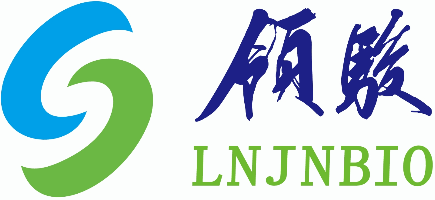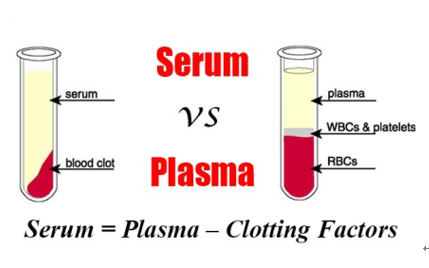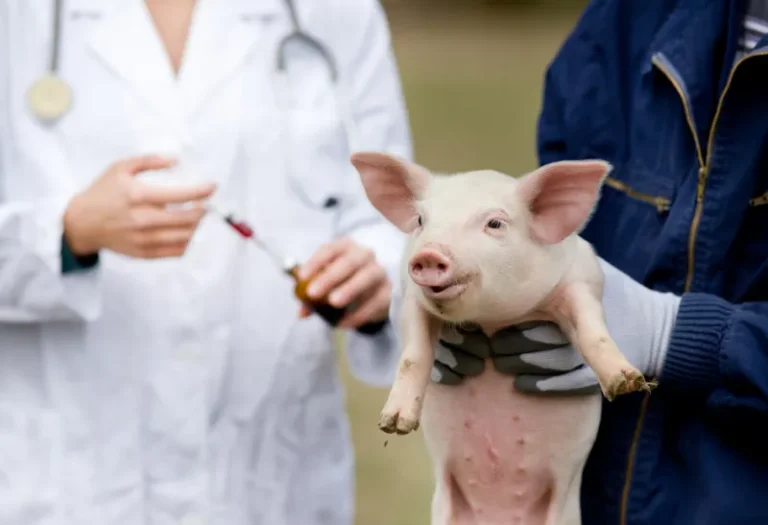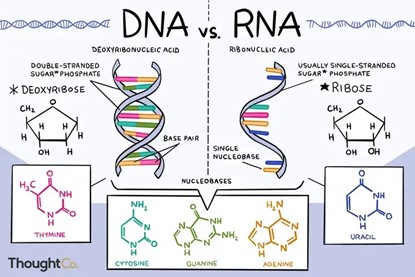Professional Manufacturer of Biomagnetic Beads
In the development of gene sequencing technology, each iteration from first-generation sequencing to third-generation sequencing has brought about significant changes. Today, let’s take a detailed look at the main differences between these three sequencing technologies.
1. First-Generation Sequencing: The Classic Sanger Sequencing
Principle and Method
First-generation sequencing, also known as Sanger sequencing, is the earliest DNA sequencing technology. Its core principle is the chain termination method, which involves introducing ddNTPs (dideoxynucleotides) labeled with different fluorescent markers during the DNA synthesis process to terminate the extension of the chain, thereby determining the DNA sequence. Although this method is precise, it has a low throughput, with only one DNA fragment being sequenced at a time.
- Advantages and Disadvantages
Advantages: Long sequencing length, up to 1000 bp; cost-effective and fast turnaround, suitable for low-throughput sample research; relatively low instrument cost; capable of accurately detecting base variations within 800 bp of DNA sequences; high accuracy, with a meticulous process and multiple quality control steps, making it less prone to contamination and providing visually intuitive sequencing results.
Disadvantages: Low sequencing throughput, with only one sequence obtained per reaction; relatively high cost for large-scale sequencing; difficulty in detecting high GC and repetitive sequence regions; inability to detect large fragment deletions and copy number variations, among other types of gene mutations.
- Application
First-generation sequencing has a wide range of applications in biological research, such as genomics, proteomics, disease research, species identification, and systematic evolution studies, as well as population genetics. Additionally, due to its high accuracy and low false-positive rate, it is still considered the gold standard for gene detection to this day.
2. Second-Generation Sequencing: The Rise of High-Throughput Sequencing
- Principle and Method
Second-generation sequencing, also known as high-throughput sequencing, emerged around 2005. Its basic principle involves parallel sequencing of multiple DNA fragments, which are connected to specific positions through a fixed method (such as solid-phase supports or microbeads). The sequences are then read synchronously using a sequencing-by-synthesis method. Each base introduced generates a detectable signal, and through the collection and processing of a large number of parallel signals, the complete sequence information is assembled. Common second-generation sequencing platforms include Illumina, 454 sequencing, and Ion Torrent sequencing.
- Advantages and Disadvantages
Advantages: High throughput, capable of completing large-scale genome sequencing in a short period; cost-effective, reducing the cost of complete human genome sequencing from hundreds of millions of dollars with first-generation sequencing to thousands of dollars, and shortening the sequencing time from years to weeks or even days.
Disadvantages: Short read lengths, typically between 100 and 300 bp, which is not ideal for sequencing certain complex genomic regions(such as repetitive sequences or regions with many structural variations).
- Application
The widespread application of second-generation sequencing has driven the development of personalized medicine, cancer genomics, and genome editing. Its applications in disease prevention, diagnosis, and treatment are becoming increasingly widespread, especially in the fields of tumors, genetic diseases, and prenatal screening, where it has become an important diagnostic tool.
3. Third-Generation Sequencing: Breakthroughs in Long-Read and Single-Molecule Sequencing
- Principle and Method
Third-generation sequencing technologies, represented by Single-Molecule Real-Time (SMRT) sequencing and nanopore sequencing, have overcome the short-read-length limitations of second-generation sequencing and can provide long-read capabilities, significantly enhancing the ability to parse complex genomic regions.
Single-Molecule Real-Time (SMRT) Sequencing: Developed by Pacific Biosciences (PacBio), this method detects the synthesis process of a single DNA molecule in a nanoscale pore to achieve real-time sequencing. The addition of each base releases a specific fluorescent signal, and by capturing these signals in real time, researchers can obtain continuous sequences of thousands or even tens of thousands of bases.
Nanopore Sequencing: Developed by Oxford Nanopore Technologies, this method utilizes nanoscale biological pores. As DNA molecules are pulled through the pores one by one, the changes in current they cause are measured. Different bases produce different current signals, thus deciphering the sequence. A significant advantage of nanopore sequencing is its ability to read extremely long DNA fragments, potentially covering entire chromosomes.
- Advantages and Disadvantages
Advantages: Long-read capability, able to read tens of thousands or even hundreds of thousands of bases in a continuous sequence, greatly improving the ability to parse complex genomes;single-molecule sequencing, eliminating the need for PCR amplification and avoiding biases and errors that may occur during the amplification process; real-time sequencing, with nanopore sequencing offering rapid and real-time features, allowing data to be obtained at any time during the sequencing process, which is significant for rapid diagnosis and emergency biological applications.
Disadvantages: Accuracy is slightly inferior to second-generation sequencing, and the cost is relatively high. However, with continuous technological advancements, the accuracy of third-generation sequencing is gradually improving.
- Application
Third-generation sequencing excels in structural variation detection, whole-genome assembly, and transcriptome sequencing, further expanding the boundaries of genomic research.
From first-generation sequencing to third-generation sequencing, each advancement in gene sequencing technology has brought new opportunities to life sciences and medical research. While first-generation sequencing is precise but limited in throughput, second-generation sequencing, with its high throughput and low cost, has become the current mainstream technology. Third-generation sequencing, through its long-read and single-molecule sequencing capabilities, fills the gaps left by the previous two generations, providing new tools for the study of complex genomes. As technology continues to iterate and progress, the application prospects of gene sequencing in fields such as medicine, agriculture, and ecology are becoming increasingly broad.
Supplier
Shanghai Lingjun Biotechnology Co., Ltd. was established in 2016 which is a professional manufacturer of biomagnetic materials and nucleic acid extraction reagents.
We have rich experience in nucleic acid extraction and purification, protein purification, cell separation, chemiluminescence, and other technical fields.
Our products are widely used in many fields, such as medical testing, genetic testing, university research, genetic breeding, and so on. We not only provide products but also can undertake OEM, ODM, and other needs. If you have a related need, please feel free to contact us at sales01@lingjunbio.com.







